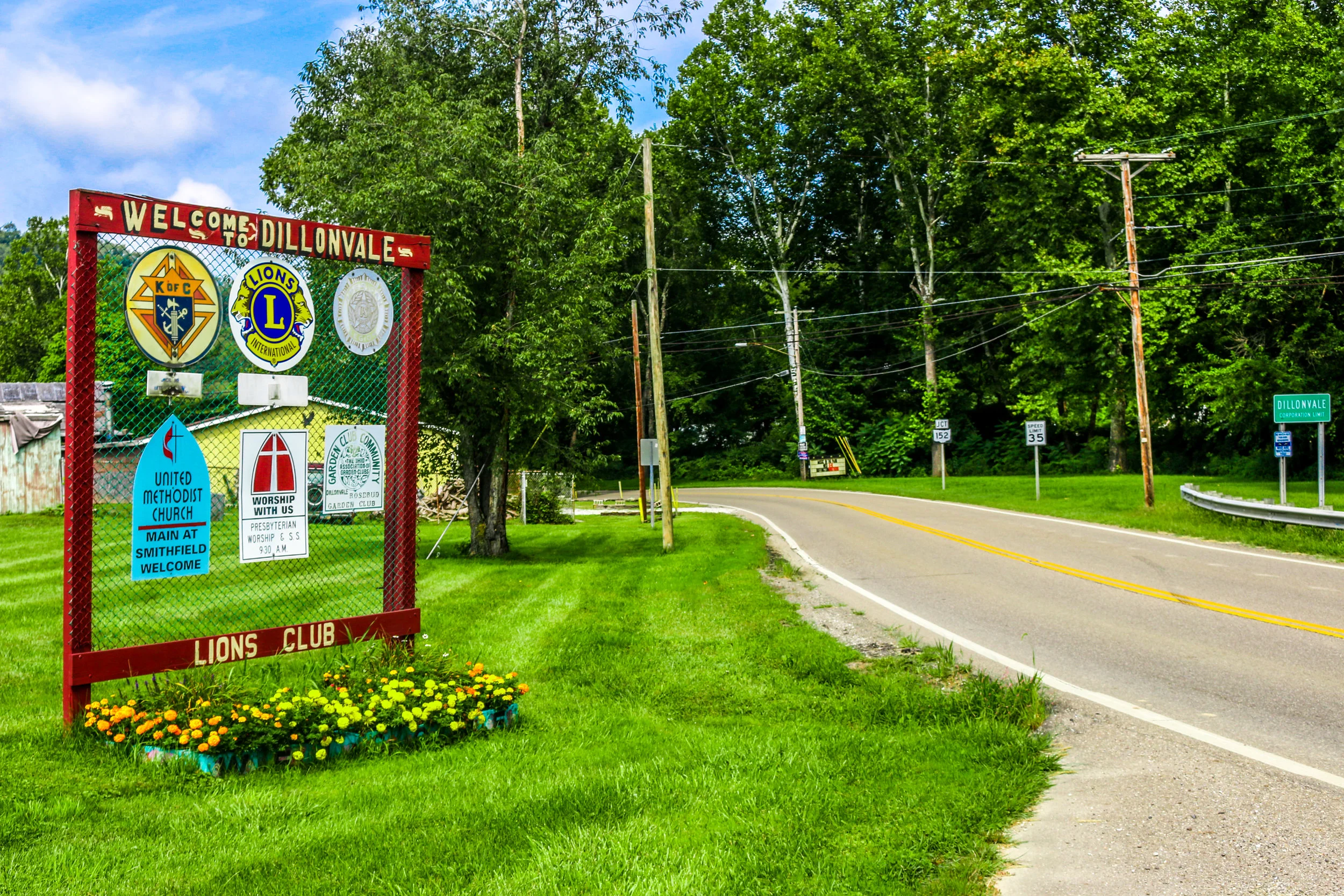Battle Creek was home to the Potawatomi people long before white settlers arrived in the 1820s. The completion of the Erie Canal brought a wave of people into Michigan seeking work in the lumber industry and the town of Battle Creek was formally established in 1839. During the antebellum period, Battle Creek served as a minor but frequent stop on the Underground Railroad and in 1857 abolitionist Sojourner Truth chose it as her new home where she would live until her death in 1883. In the late 19th Century, the Battle Creek Sanitarium opened as a health resort for the rich and famous. Some of its more famous guests were President Warren G. Harding, Mary Todd Lincoln, Thomas Edison, Amelia Earhart and Henry Ford. The manager of the Sanitarium was Dr. John Harvey Kellogg whose brother William also worked there. I’ve read several accounts of how they accidentally created their now-famous corn flakes, but however it happened, they were a hit. A lesser known guest at the Sanitarium, C.W. Post, took the cereal idea and ran with it, setting up his own Post Cereal empire in Battle Creek. Between Post and Kellogg’s, Battle Creek has taken the nickname Breakfast Capital of the World, or, less seriously, Cereal City. Because these two successful brands still call Battle Creek home, the city looks great. The downtown area is vibrant and full of unique artistic flourishes and beautiful murals. There is a wonderful walking path along Battle Creek River and some great bars and restaurants around as well. Although it was quiet when I was there, I really enjoyed my visit to Battle Creek and I hope you enjoy these photos from Cereal City.
Viewing entries tagged
Underground Railroad
My maternal grandfather died when I was just 3 years old. I have only the faintest memory of him, and it's likely those memories come more from old photos and home movies than anything else. I know the waves in my hair are his. I know he was a bombardier in the Pacific theater and served in Korea. I remember being a teenager and slipping on his old leather bomber jacket and loving the way it felt and the smell of the leather. I know that he worked at Sears after he retired from the Air Force and I kind of believe I remember visiting him there as a kid (this website was built at the library across the street from that old Sears building). Visiting my grandmother's house growing up, I spent a lot of time in his workshop building model cars and airplanes. I liked his tool collection and how everything seemed to have its place, and I always felt connected to him there. Outside of these few small things though, I really only knew one thing about him and about that side of my family which was the name of his hometown: Dillonvale, Ohio.
Sadly leaving Athens County behind, I stopped for a brief visit at the Buckeye Furnace State Memorial. Tucked back in the woods, this was a great place to learn more about the production of pig iron, an industry that brought a lot of wealth to the region. I had the place all to myself but could imagine the small community which once stood there and kept the furnace going. This was another of Appalachia's hard labor industries, and one that disappeared as the iron ore dried up and the nation's demands shifted to steal. It was a cool place to visit.
From there I headed out to the Bob Evans Farm in Rio Grande where I had a big breakfast for lunch and wandered around the property for a while. I learned the story of Bob and how he started with a steakhouse, but soon started making sausage as well. This sausage would catapult his business into one of Ohio's best known names.




